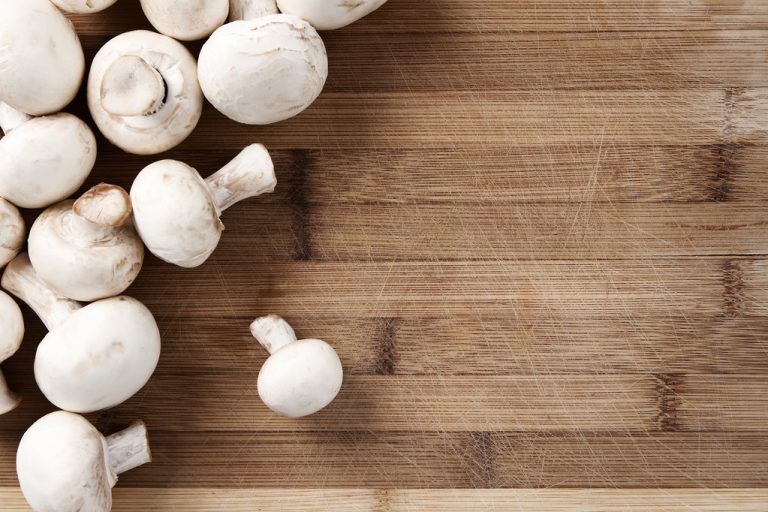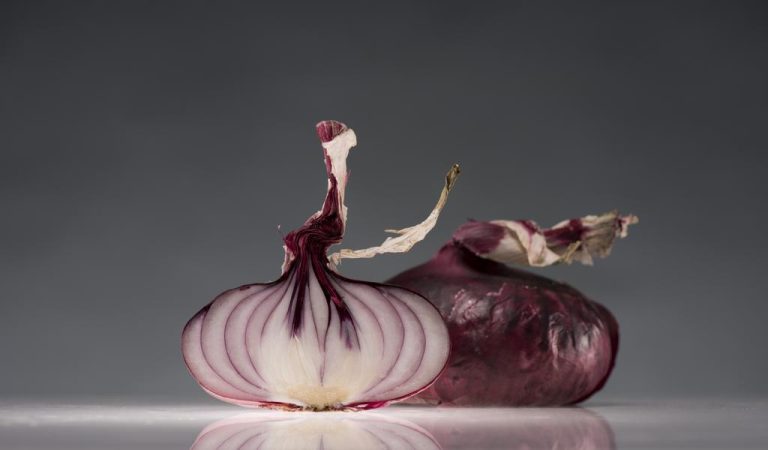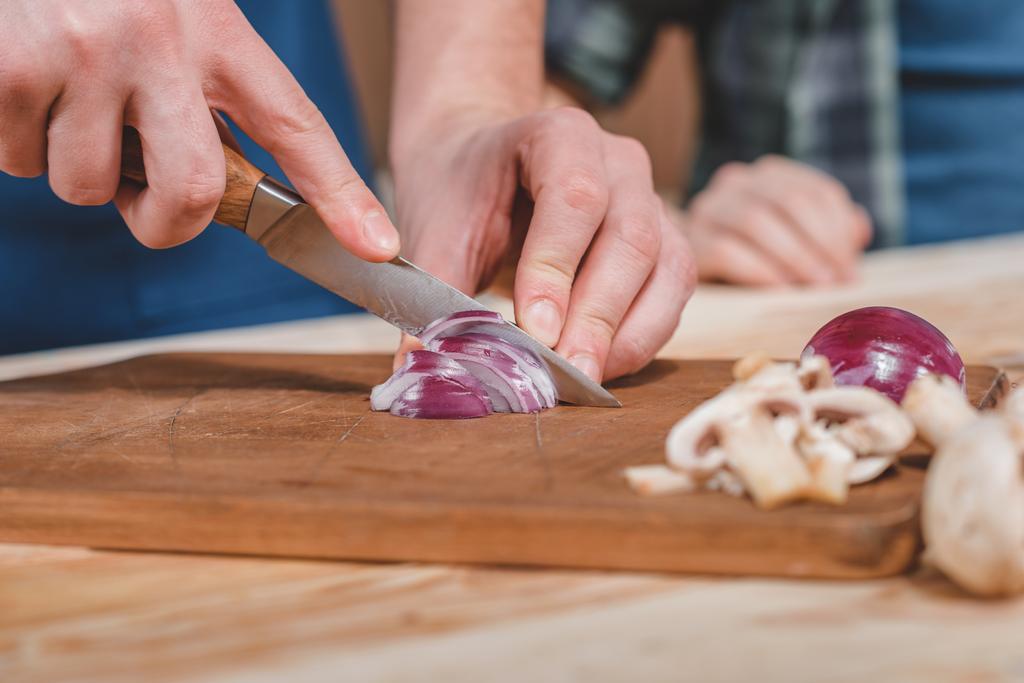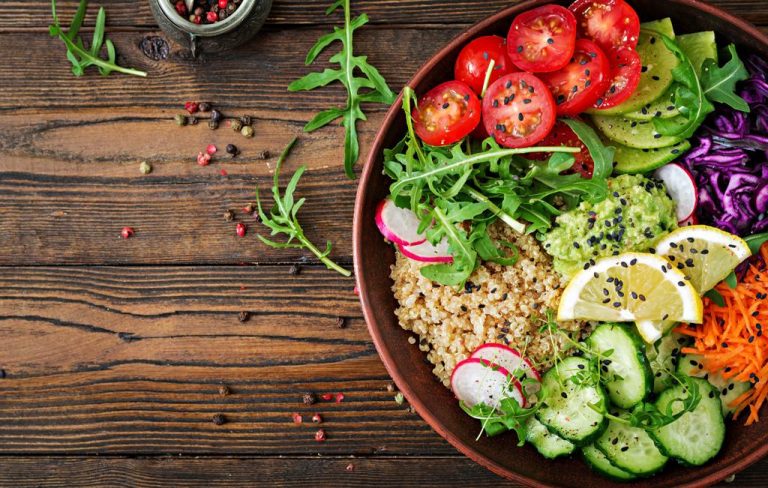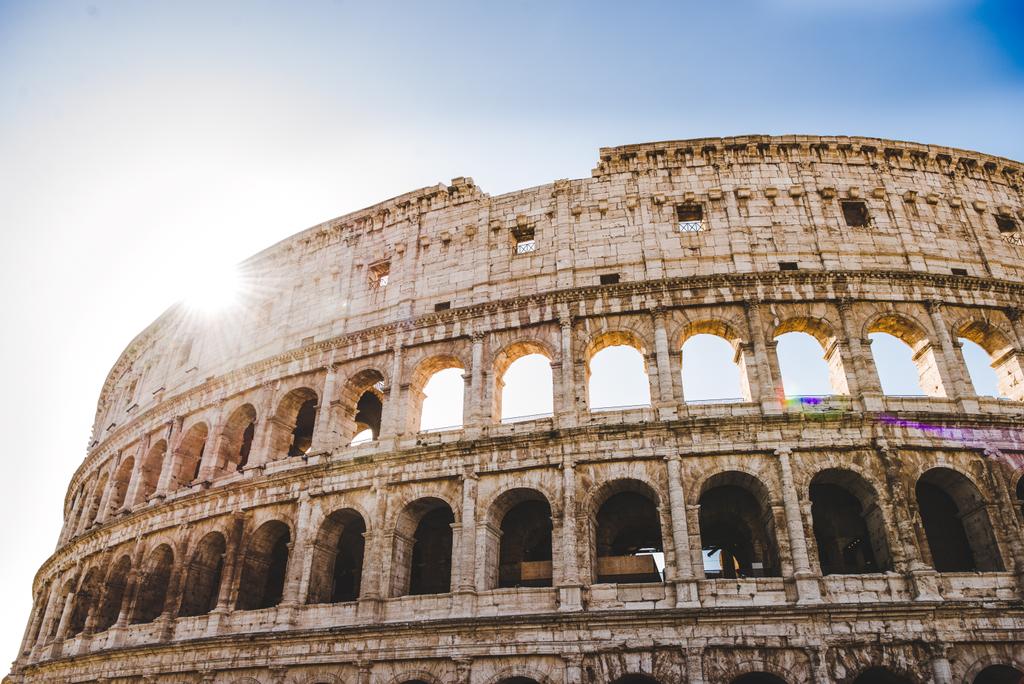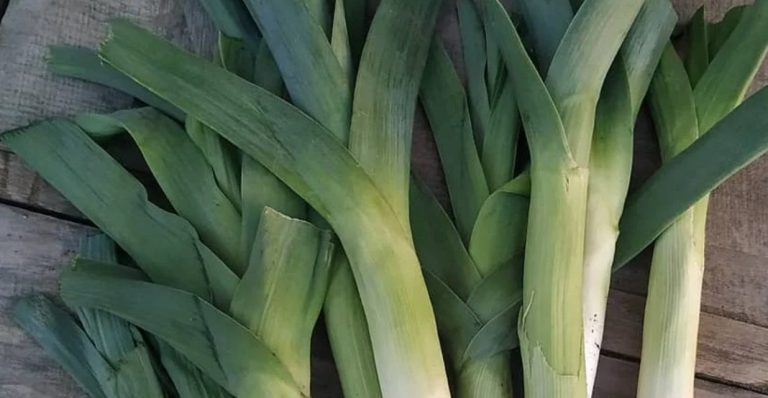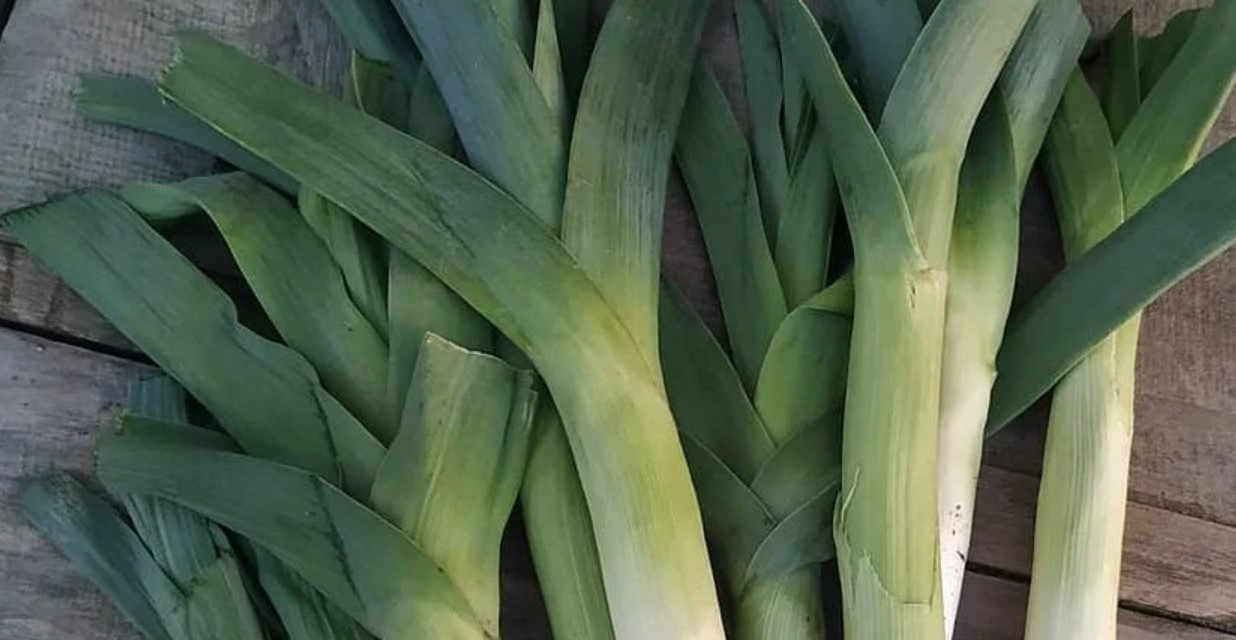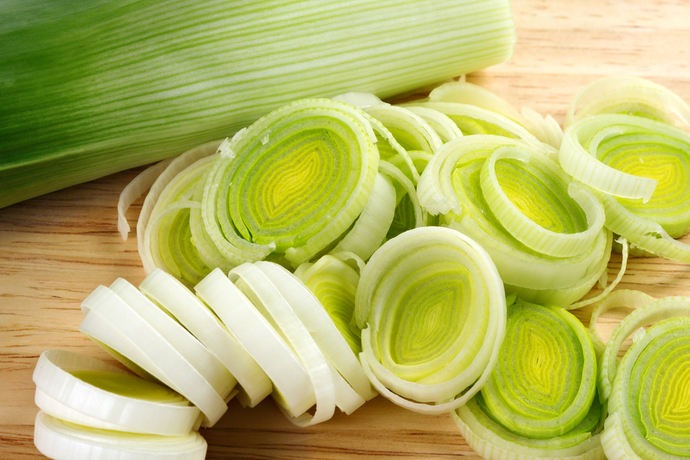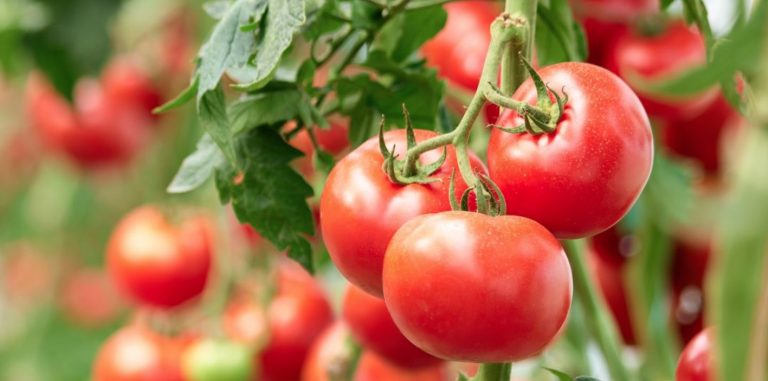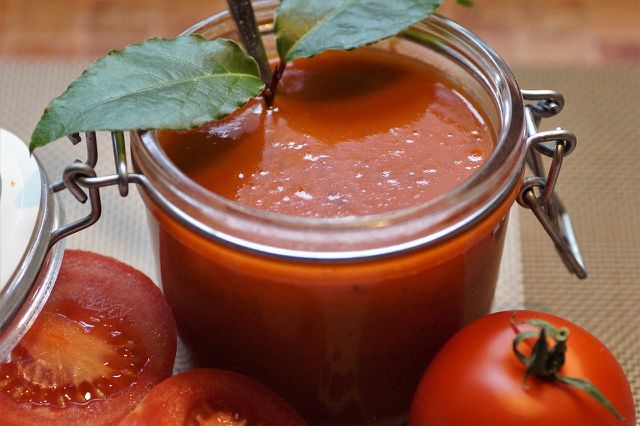Weight training has many positive effects on the body. With the right diet, you can quickly see changes in your body and muscles. But you should note a few things.
Avoid the 8 biggest mistakes when weight training
#1 Training without a plan
Your training should be structured through. A training plan can help. Because strength training is only about fun, mainly about building muscle. A training plan will help you to train all muscle groups with different, varying exercises.
If you do the exercises from the stomach, they will always be the same ones that are easy for you. In order to achieve results, however, some effort and, above all, variety are required. You can have a training plan drawn up in your gym.
#2 No warm up
Do you shy away from warming up because it’s warm outside anyway or don’t have time? You should change that. With a warm-up, the body pumps more blood through the circulatory system and your muscles, tendons, ligaments and joints are prepared for the effort to come.
This also makes you less prone to injury and more enduring. So use a cardio machine of your choice for eight to ten minutes before every strength training session and cycle, step or run at a moderate pace.
#3 Quantity instead of quality
Only if you pay attention to the technique during training will you also use your target muscles and consequently grow faster. Even if you might be able to lift a few kilos less as a result.
Improper exercise also increases the risk of injury. So always pay attention and ask a trainer if you are unsure.
#4 Wrong training weight
Nobody needs show-offs in the gym. Therefore: only take as much weight as you can really handle and not as much as your neighbor can lift. Excessive training weight can lead to overload or even injuries. Your exercise execution suffers as well.
How do I know my training weight? Legs can move more weight than shoulders. The last reps of a set should be difficult for you. If you can’t do your exercise correctly, the weight is too heavy. If you can move the weight with ease, it’s too light.
#5 No rest between sets
Taking a break between each set is important, even if you feel pressed for time. Because during this break, your muscles fill up their energy stores. This allows you to last longer. But if the breaks are too long, your body cools down again.
#6 No increase in load
Your muscles build up with the training and get used to the strain. So that your progress does not stagnate, you should regularly look for new challenges and set new stimuli.
That doesn’t necessarily mean you need to increase the weights. You can also do more reps per set, switch to free exercises, or add additional exercises.
#7 No cool down
Cool down is the opposite of warm up. They show the body that the stress phase is over and that it can cool down. The heart and breathing rate can be easily regulated during a leisurely ride on the bicycle ergometer or when rolling out on the foam roller.

#8 No recovery period
More is not necessarily more! Give your body a break between workouts to recover. If you train too often, there is not only a higher risk of injury, you also train less effectively and persistently, which in the long run leads to stagnation of your muscle growth.


